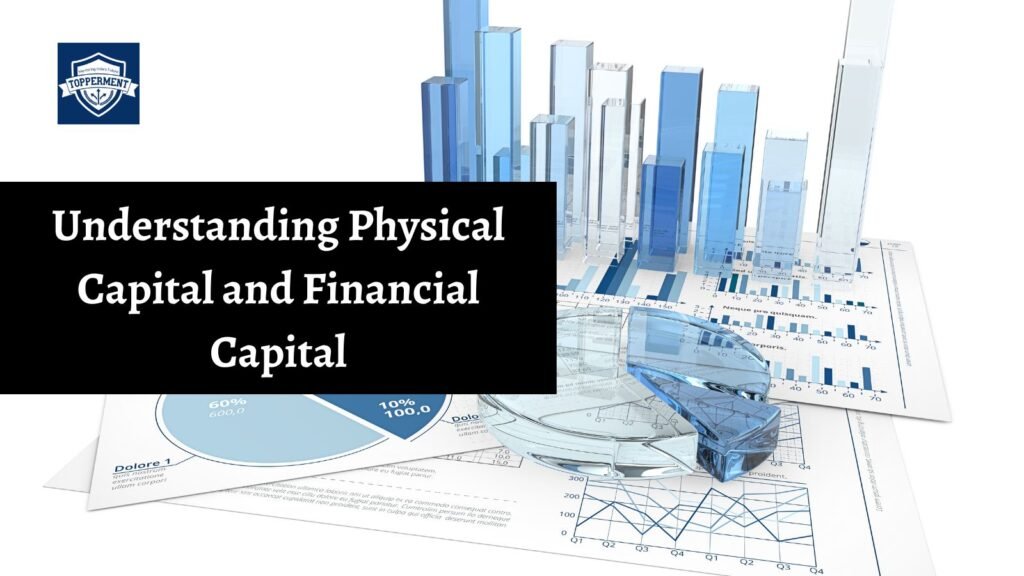Resources play a crucial role in the development of any economy. They are essential for the production of goods and services that satisfy human wants and needs. In the context of economics, resources can be broadly classified into two main types: physical capital and financial capital
Physical Capital
Physical capital refers to the tangible assets that are used in the production process. It includes machinery, equipment, buildings, infrastructure, and other physical structures that aid in the creation of goods and services. Physical capital is vital for enhancing productivity and efficiency in various sectors such as agriculture, industry, and services
Machinery and Equipment
Machinery and equipment are essential components of physical capital. They assist in automating tasks, increasing production capacity, and improving the quality of products. Examples include tractors in agriculture, assembly lines in manufacturing, and computers in offices.
Buildings and Infrastructure
Buildings and infrastructure, such as factories, warehouses, roads, bridges, and power plants, are crucial for economic activities. They provide the necessary physical space and facilities for production, transportation, and communication. These structures contribute to economic growth and development.
Financial Capital
Financial capital refers to the monetary resources available for investment and business operations. It represents the wealth that individuals, businesses, and governments possess, which can be utilized to generate income and create economic value. Let us delve into the different aspects of financial capital:
Money
Money is the most common form of financial capital. It serves as a medium of exchange and a store of value. Money facilitates transactions and allows individuals and businesses to acquire goods and services. It is crucial for economic transactions to occur smoothly.
Savings and Investments
Financial capital also includes savings and investments made by individuals, businesses, and governments. Savings represent a portion of income that is not spent on immediate consumption but is instead set aside for future use. Investments involve allocating financial resources towards productive assets, such as stocks, bonds, real estate, or business ventures, with the expectation of generating returns.
Physical capital and financial capital are two essential types of resources that enable economic development. Physical capital, comprising tangible assets, facilitates the production process, while financial capital, encompassing monetary resources, fuels investment and business activities. Both types of capital are interdependent and crucial for sustained economic growth.
Also Read
- Understanding The Concept Of Subsidies | UPSC Economy
- United Nations Security Council (UNSC): Ensuring Global Peace and Security | UPSC International Relations
Follow Us For More Content On:
https://www.instagram.com/topperment/
Tag:Buildings, Economics, Financial Capital, IAS, IFS, India, Infrastructure, Investments, IPS, IRS, Machinery, Money, Physical Capital, Savings, UPSC


